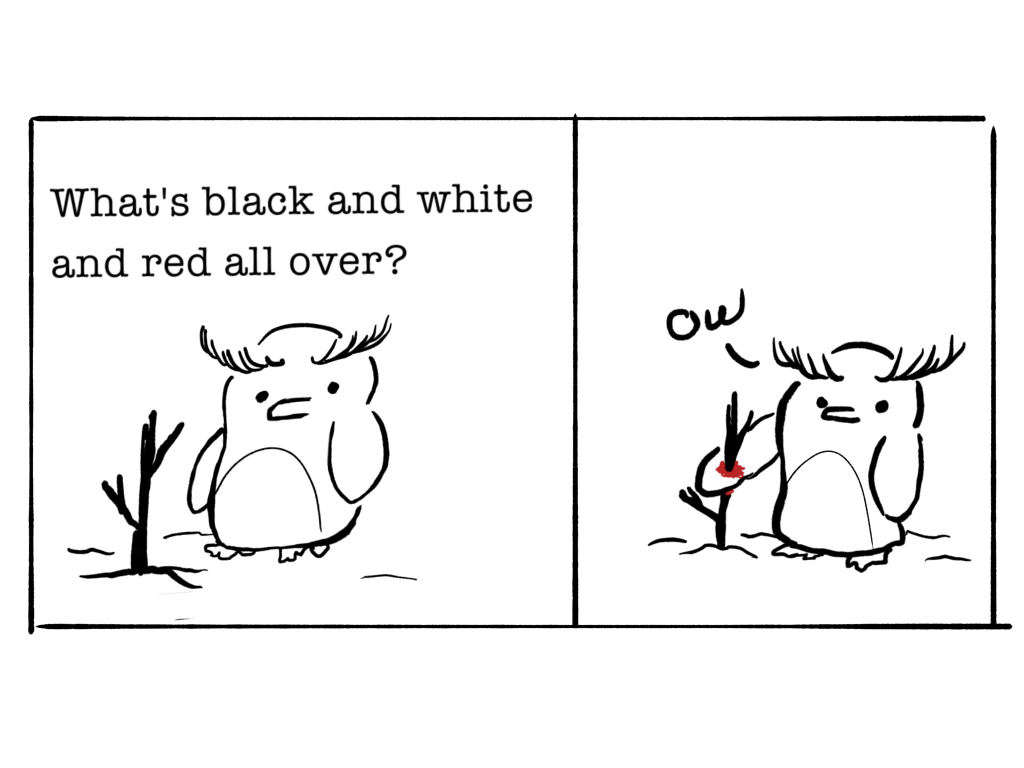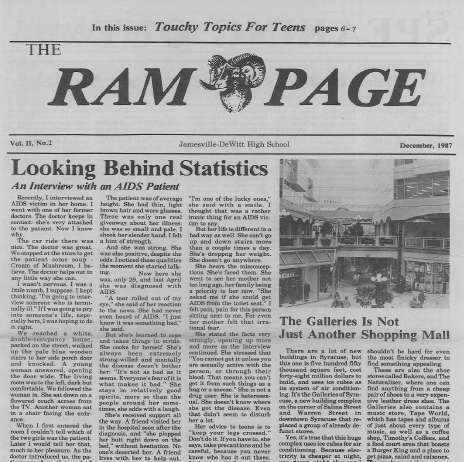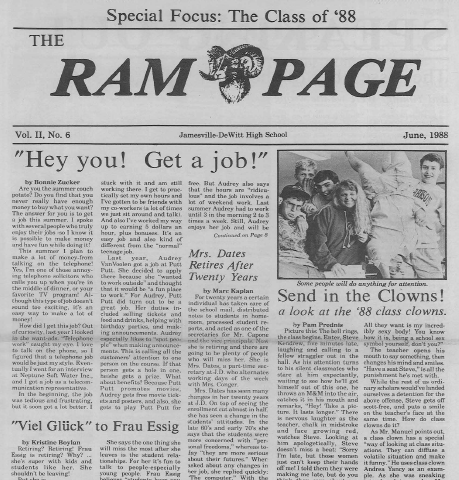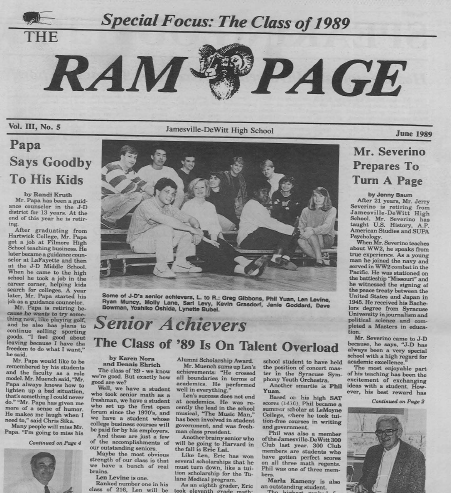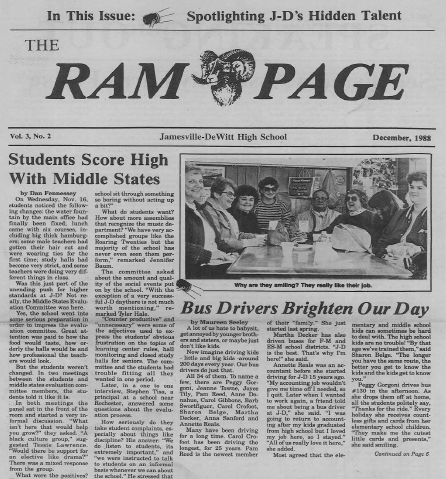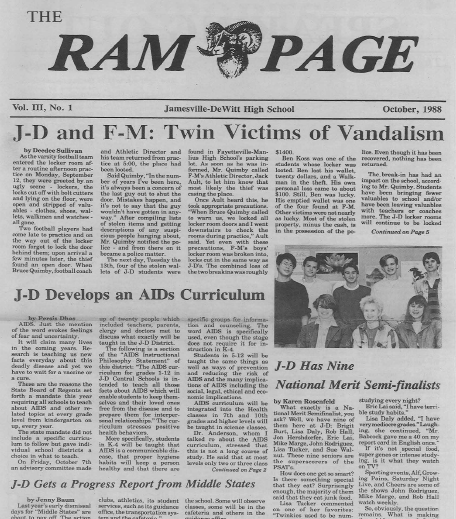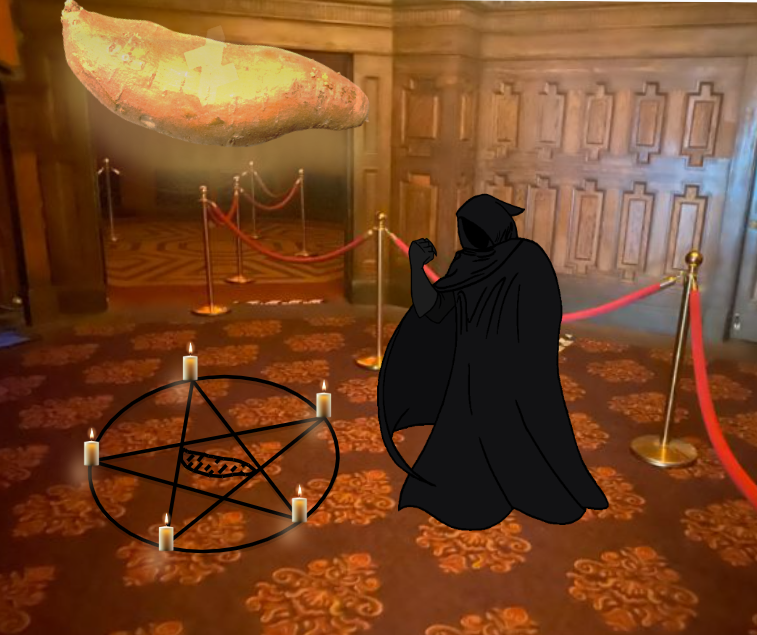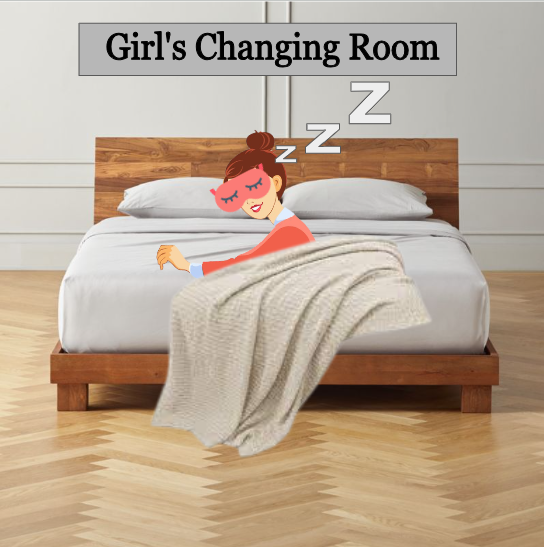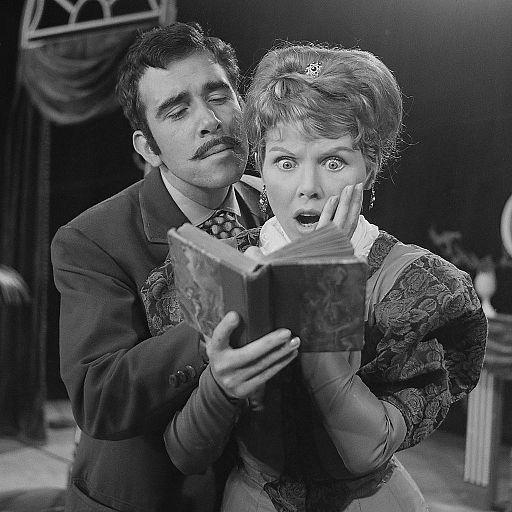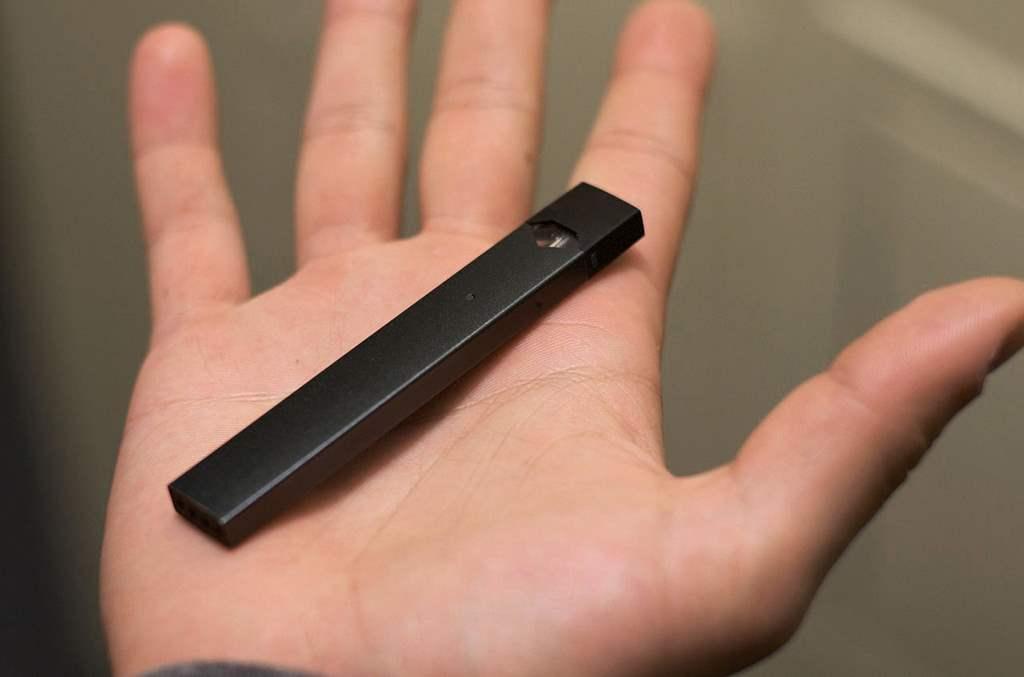In elementary school, our parents taught us to stay away from strangers driving in vans and handing out candy. They warned us not to open the door when they weren’t home. At the time, these proved as extremely concerning topics. However, parents are beginning to notice that these problems, although common, have become much less relevant than some of the dangers that are now presented with modern day technology.
The “Momo Challenge” is an online game in which “Momo,” who is represented by a disturbing image of a woman with a distorted face, persuades young children to perform dangerous tasks through social media platforms such as YouTube, Facebook and WhatsApp. Momo is inserted into YouTube videos, telling children to text a number through WhatsApp and then sending them instructions to record themselves while completing dangerous tasks. These tasks can range from watching horror movies, to self-harm and even suicide. Those who fail to complete the tasks will allegedly have to face “Momo”, who threatened to leak their personal information or come to “kill” them later that night. Although it’s doubtful any of these threats were actually going to be followed through with, kids were still very intimidated by “Momo”. One reason why kids are so creeped out by “Momo” is the image that is paired with the challenge.
There’s actually a scientific reason why people find the image of “Momo” so creepy. According to Popular Science, the closer things get to looking like a person, the cuter they appear to the human eye. Dogs, for example, are cute because we share many common characteristics such as eyes and a nose. However, when things begin to look exactly like humans with the exception of a small change in image, humans are able to detect it. Even a slight difference can lead to discomfort and confusion. This uncertainty results in an emotion that is equivalent to feeling creeped out. “Momo” is among the many things that fall into this category.
In reality, “Momo” is actually a sculpture created by Keisuke Aisawa for the Link Factory. The Link Factory is a Japanese company that creates props and special effects for horror films.With the sculptures bird like legs and ghost looking face, many people believe “Momo” was inspired by the Japanese bird woman, who supposedly died during childbirth. “Once you see the whole thing and it looks more like a monster, it may actually lessen the creepy effect,” says sociologist Margee Kerr. Kerr says that looking at the whole sculpture allows your brain to remove “Momo” from the category of looking exactly like humans with the exception of a small change in image. However, once you’ve already categorized “Momo” as creepy, your brain might be programmed to remember it as creepy, whereas someone who has never seen “Momo’s” face before may look at the whole sculpture and find it less creepy.
One of the main reasons the “Momo Challenge” is so well known is the high publicity it has received. It reportedly originated in Spanish-speaking countries, and spread through a Facebook group chat. “I’m deeply alarmed [at what] I discovered when I collected [my kid] today … the teacher … said [my kid] had made three kids cry by telling them that ‘Momo was going to go into their room at night and kill them,’” a concerned parent anonymously posted. “Suicide game hits Britain” titles an article in The Star, which is an English Newspaper. In July 2018, the popular YouTube creator ReignBot created a video, spreading warnings to America and making headlines in newspapers all over the country. Some celebrities, including Kim Kardashian, even helped to circulate the “Momo Challenge” warnings. According to The Washington Post, many people are “concerned all the coverage of the Momo challenge was ‘raising the risk of harm’ for vulnerable people.”
After research done by multiple reliable sources, the majority of the press has come to the conclusion that the “Momo Challenge” is a hoax. Although three deaths have been associated with this challenge, none have a proven connection. Also, there’s little evidence of these apparent YouTube videos that “Momo” has been inserted in, and the evidence that is supposedly proof is not convincing either. Rather, videos simply warning the possibility of Momo were found to be more popular. In addition, YouTube released in a statement, “After much review, we’ve seen no recent evidence of videos promoting the Momo Challenge on YouTube.” They have also assured their viewers that any videos they come across encouraging harmful or dangerous challenges would immediately be taken down.
The “Momo Challenge” is not the only challenge that has been proven harmful and dangerous to those involved. Most similar is the “Blue Whale Challenge,” where participants are sent 50 increasingly harmful tasks to complete over the course of 50 days, the final task being suicide. Other challenges that have threatened the health of children but actually resulted in little injuries include the “Condom Challenge” and the “Tide Pod Challenge”. In the “Condom Challenge,” teenagers are asked to sort a condom up their nose and pull it out of their mouth. In the “Tide Pod Challenge,” children are encouraged to eat tide pods, which are a form of laundry detergent and extremely dangerous to consume. Those who recognize all of these challenges even claim that the “Momo Challenge” is a combination of the “Blue Whale Challenge“ and “Shut Up and Dance,” which is an episode of the popular television show Black Mirror.
Although the “Momo Challenge” may be a hoax, it shines light on larger problems that parents now have to face. They are unable to control what children are exposed to on the internet which makes interaction with dangerous things including these challenges, inevitable. It has also brought the underlying topic of suicide to many parents attention. “One kid might turn it off, but another kid who’s more vulnerable may leave it on,” said Dr. April Foreman. If anything, “Momo” has caused fear in parents who are unsure of the growing dangers of technology.







